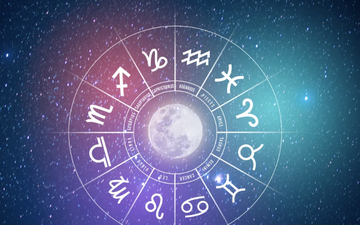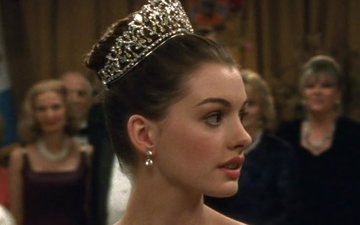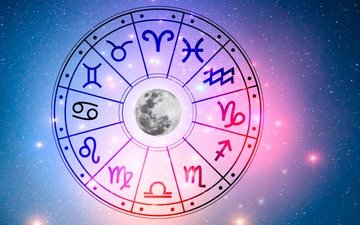
Danela Shima, one of the eliminated participants from Ferma VIP 2, attracted attention within the Ferma with the story of her "dragon" brother, who had passed away before her birth as a result of an accident.
She further explained this story on Ferma Club, saying:
"Not the whole family knew about this part. Mom protected and guarded [her brother] from most people, and from our family members. There was a fear that he would run away at night, when it usually rained, he would leave at night and come back at night. He would tie himself up and untie himself. He would climb trees and come down in seconds, you didn't understand the moment he would reappear and disappear. At the moment the funeral was held at home, the coffin was changed three times because he just kept getting longer and longer. Even the house he asked for, because he kept appearing to mom and dad in his dreams, saying 'I need a house because the rain gets me wet', to this day we still take care of that house."
The story of the "dragon" children is a well-known legend that few people may have heard of. What is alarming is the fact that many people still take these stories for granted and do not delve into the possible scientific explanations for these children being born "with wings", while only oral traditions remain.
We provided a more detailed explanation of this entire phenomenon in a 2021 article, which we are reprinting below:
"The Child with Dragon Wings" may be one of the stories that many of you have probably heard at least once from your grandparents. This explains why many followers on Anabel Media's Instagram - referring to the topic of strange stories their grandmothers told them - mentioned this very story.
Descriptions vary, but generally a child is depicted with a dragon's feather or wings on his body. According to the stories, no one should see the wings except the mother, otherwise the child will die. In some stories, he is also depicted as a child fighting with dragons.
The existence of such a man – clearly with supernatural powers capable of flying and fighting evil – is not entirely coincidental. Ethnofolklore can better explain the connection of this Albanian belief with the figure of the dragon.
Why the dragon?
The Dragon and the Cow are two figures widely prevalent in Albanian mythology, from north to south. They generally challenge each other, with the Dragon seen as good and the Cow as evil.
In some areas, mostly in the south of the country, it is described as a child "with a shirt" who has a feather or wings under his armpit. It is thought that the belief in dragons also came from the approach that people should not be cursed with "their wings withered", because if they are dragons, they die.
Father Shtjefën Gjeçovi, considered the colossus of folklore studies, stated that he who is born with a shirt, or golden wings under his armpits, becomes a dragon. In the work of Gjergj Fishta we also find the figure of the dragon, a figure that has also served for other works where myths are reinterpreted.
So, the dragon, like the snake, the witch, the devil, fairies, shadows, etc., is present in Albanian folklore as part of naive descriptions and interpretations of external phenomena, inexplicable to primitive man.
Scientific explanation
The stories describe an individual, usually a baby, who has feathers under his armpits, or wings. In most of the stories, this individual dies as an infant or child. So, from a medical point of view, we may be dealing with a congenital anomaly.
In 2015, the story of a boy born with Congenital Melanocytic Naevi syndrome (congenital moles or prominent birthmarks) went viral. Oliver was described in the media as “looking like an angel,” because the mark on his back was shaped like angel wings. Another baby was born with a beak-like birthmark on his cheek.
One of Anabel's followers, a doctor by profession, said that in some stories, "dragon children" are described as having "some raised veins." According to her, it could be a type of arteriovenous malformation.
Copyright Anabel.al / Reprinting without permission of the editorial staff is prohibited.





